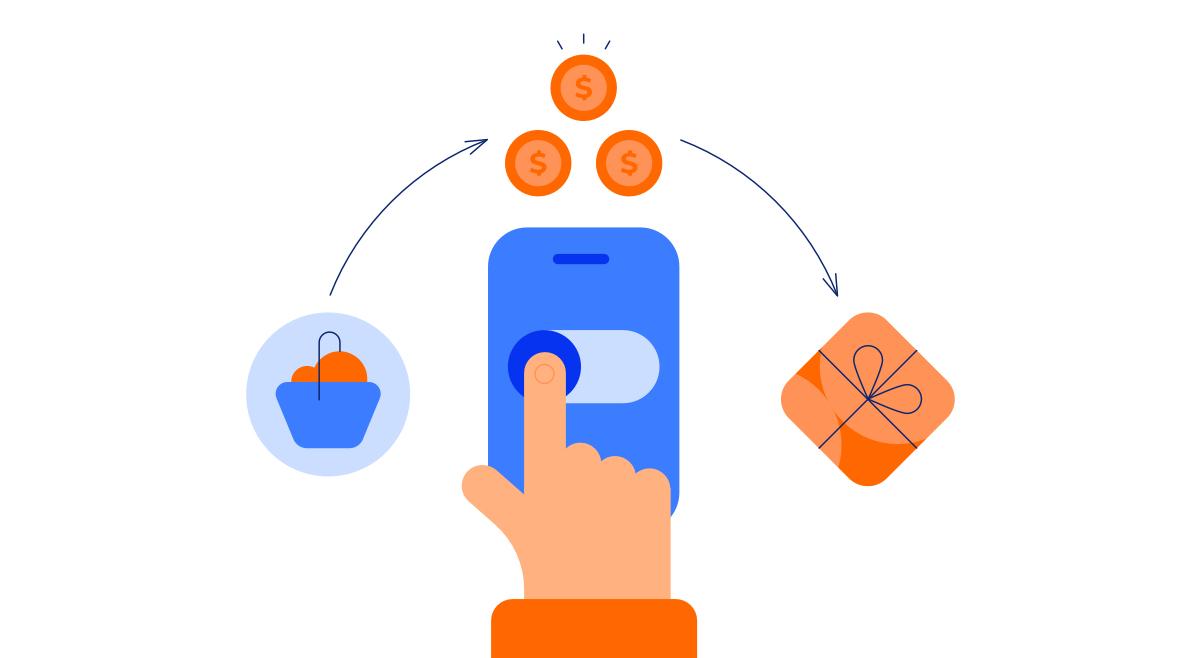The Future of Mobile Payments: Exploring the Benefits of Direct Carrier Billing

Direct Carrier Billing (DCB) is a mobile payment method that allows users to make purchases by charging the cost to their mobile phone bill or deducting it from their prepaid balance. Unlike credit cards or digital wallets, DCB eliminates the need for banking details, making transactions seamless. It is commonly used for digital content like apps, games, music, and subscriptions. Telecom operators act as intermediaries, approving transactions before processing payments. DCB is especially popular in regions with low credit card penetration, offering a secure and accessible alternative for online purchases. Direct Carrier Billing market size is projected to grow to USD 105550.1 Million by 2032, exhibiting a CAGR of 11.2% during the forecast period 2024-2032.
How Does Direct Carrier Billing Work?
When a user selects DCB at checkout, the merchant sends a payment request to the mobile carrier. The carrier verifies the user’s identity and confirms the transaction. The amount is then added to the user’s monthly bill or subtracted from their prepaid balance. No sensitive financial data is shared, reducing fraud risks. DCB transactions are quick, requiring only a confirmation SMS or PIN. Carriers may impose spending limits to prevent overspending. This system benefits merchants by reducing payment friction and increasing conversion rates, especially for microtransactions and impulse buys.
Advantages of Direct Carrier Billing
DCB offers several benefits, including convenience, security, and accessibility. Users don’t need bank accounts or credit cards, making it ideal for underbanked populations. Transactions are fast, with instant approval, enhancing user experience. Since no personal financial data is exchanged, DCB reduces fraud risks. For merchants, it lowers cart abandonment rates and expands customer reach, particularly in emerging markets. Mobile operators also benefit from revenue-sharing agreements with content providers. Additionally, DCB supports one-click payments, streamlining repeat purchases for subscriptions and in-app transactions.
Limitations of Direct Carrier Billing
Despite its advantages, DCB has some limitations. Transaction amounts are often capped by carriers, restricting high-value purchases. Not all merchants support DCB, limiting its usability. Carrier fees can be higher than other payment methods, reducing profitability for businesses. Additionally, DCB is mostly limited to digital goods, excluding physical products. Users on postpaid plans may face bill shock if they overspend. Regulatory restrictions in some regions also impact DCB adoption. However, as mobile commerce grows, improvements in DCB technology and partnerships are expected to address these challenges.
Future of Direct Carrier Billing
The future of DCB looks promising, with increasing smartphone penetration and digital content consumption. Innovations like AI-driven fraud detection and blockchain-based billing could enhance security. Expansion into physical goods and services may further boost adoption. Partnerships between telecoms, fintech firms, and merchants will drive growth, especially in emerging markets. As 5G technology spreads, faster transactions and improved user experiences will make DCB even more appealing. With its simplicity and accessibility, DCB is set to remain a key player in the mobile payment ecosystem.
- Fashion
- Art
- Causes
- Crafts
- Dance
- Drinks
- Film
- Fitness
- Food
- الألعاب
- Gardening
- Health
- الرئيسية
- Literature
- Music
- Networking
- أخرى
- Party
- Religion
- Shopping
- Sports
- Theater
- Wellness
